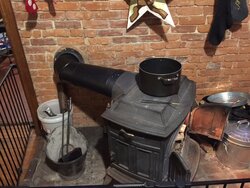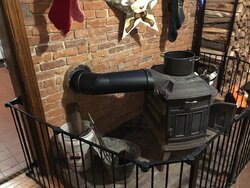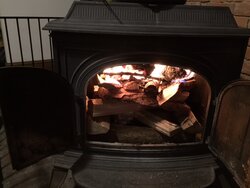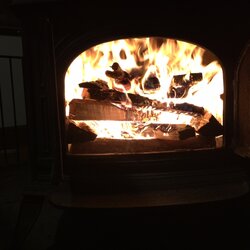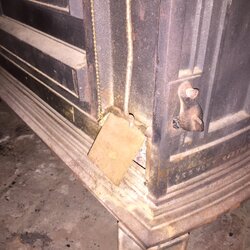rippinryno
Feeling the Heat
i was really just wanting to give the OP some insight on creosote buildup due to a cold flu.
That's fine - but by extrapolating your experience of a cold flu not making creosote, to rule out that is what is happening here, would then also extrapolate to mean it would not happen anywhere. I'm quite sure cold flues can make creosote, even though you're not seeing it.
Hope this thread plays all the way out to a resolution - there should be lots of learning potential for others if a cause & solution can be found.
I was not saying a cold flu does not make creosate, i was really just stating that after about 20 fires, mine does not build it that rapidly and certainly not that rapid after only 2 fires. just wanted to give him some input based on my experience, that would be a very fast creosote buildup if a cold flu is the reason.
I too would like to see what it learned in the end.




